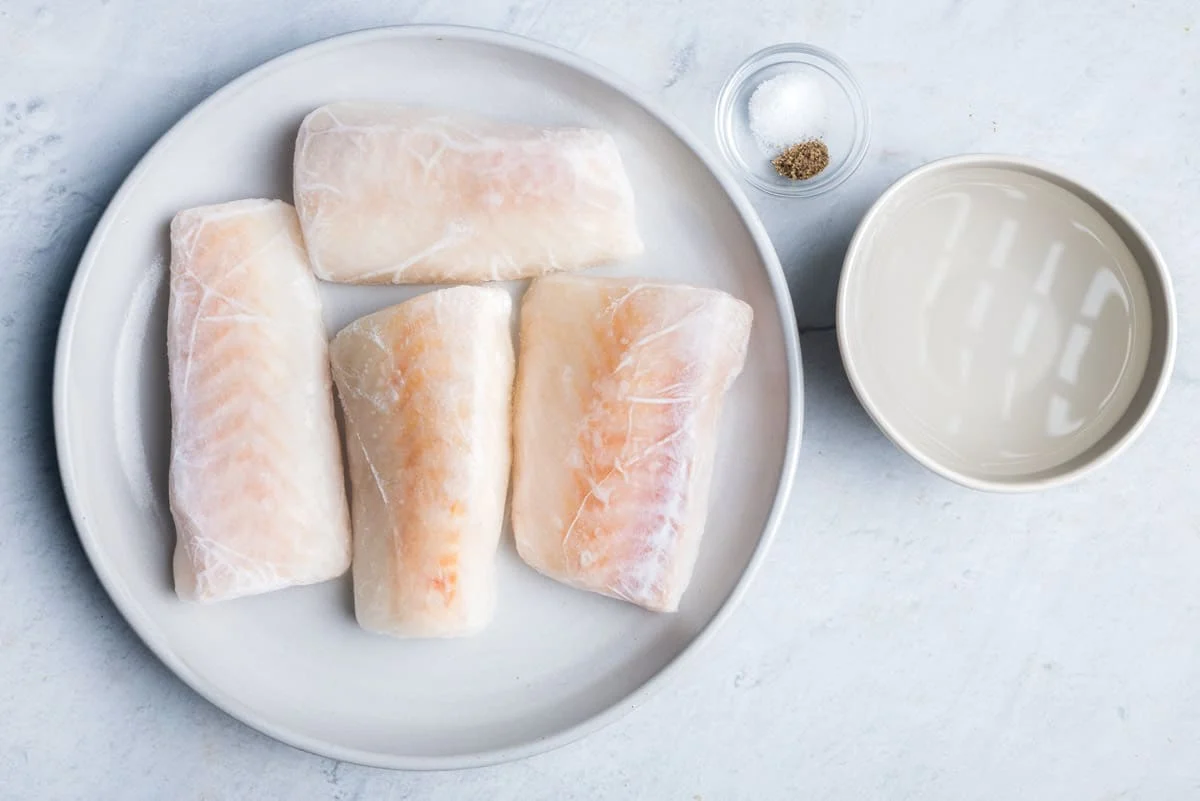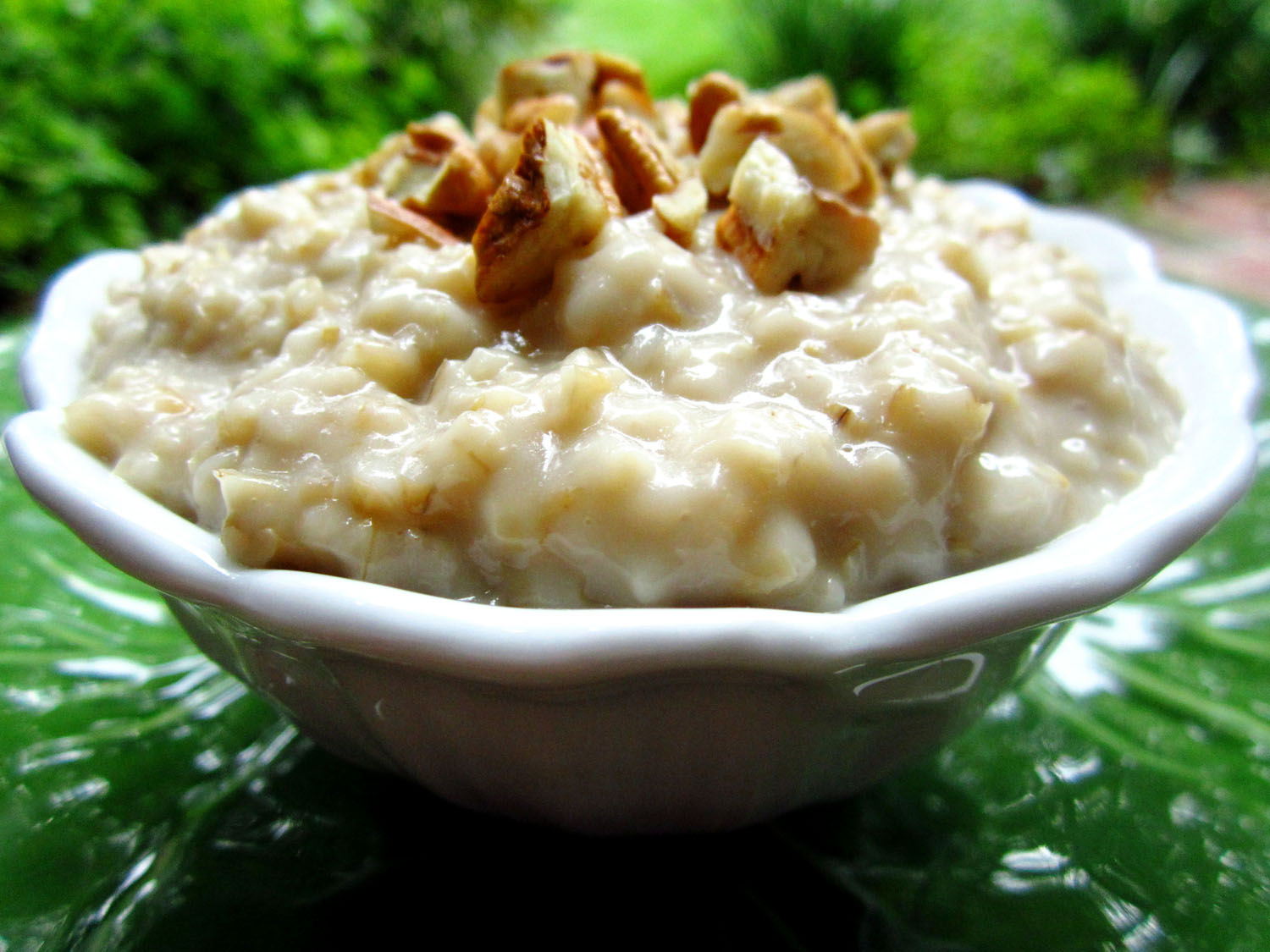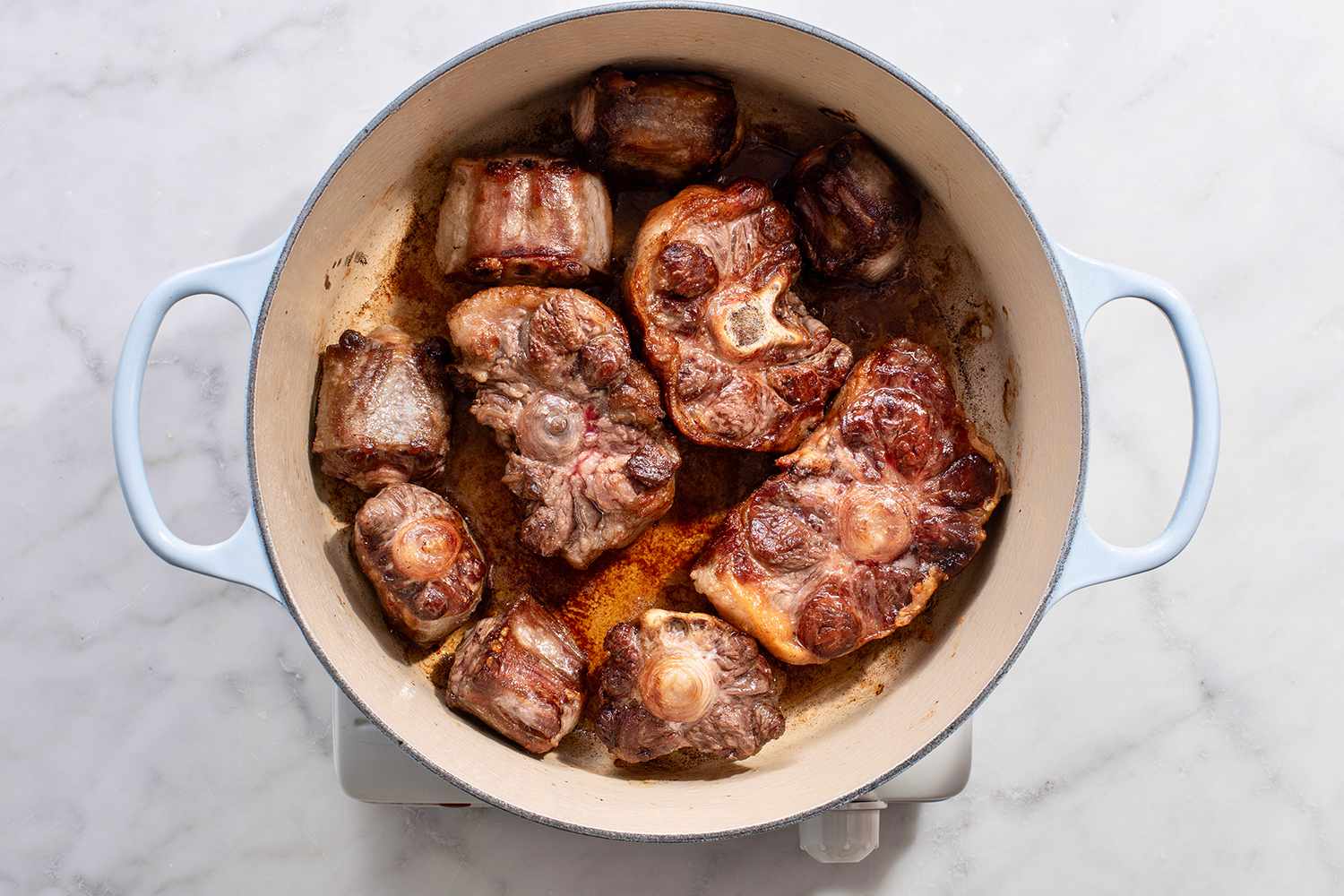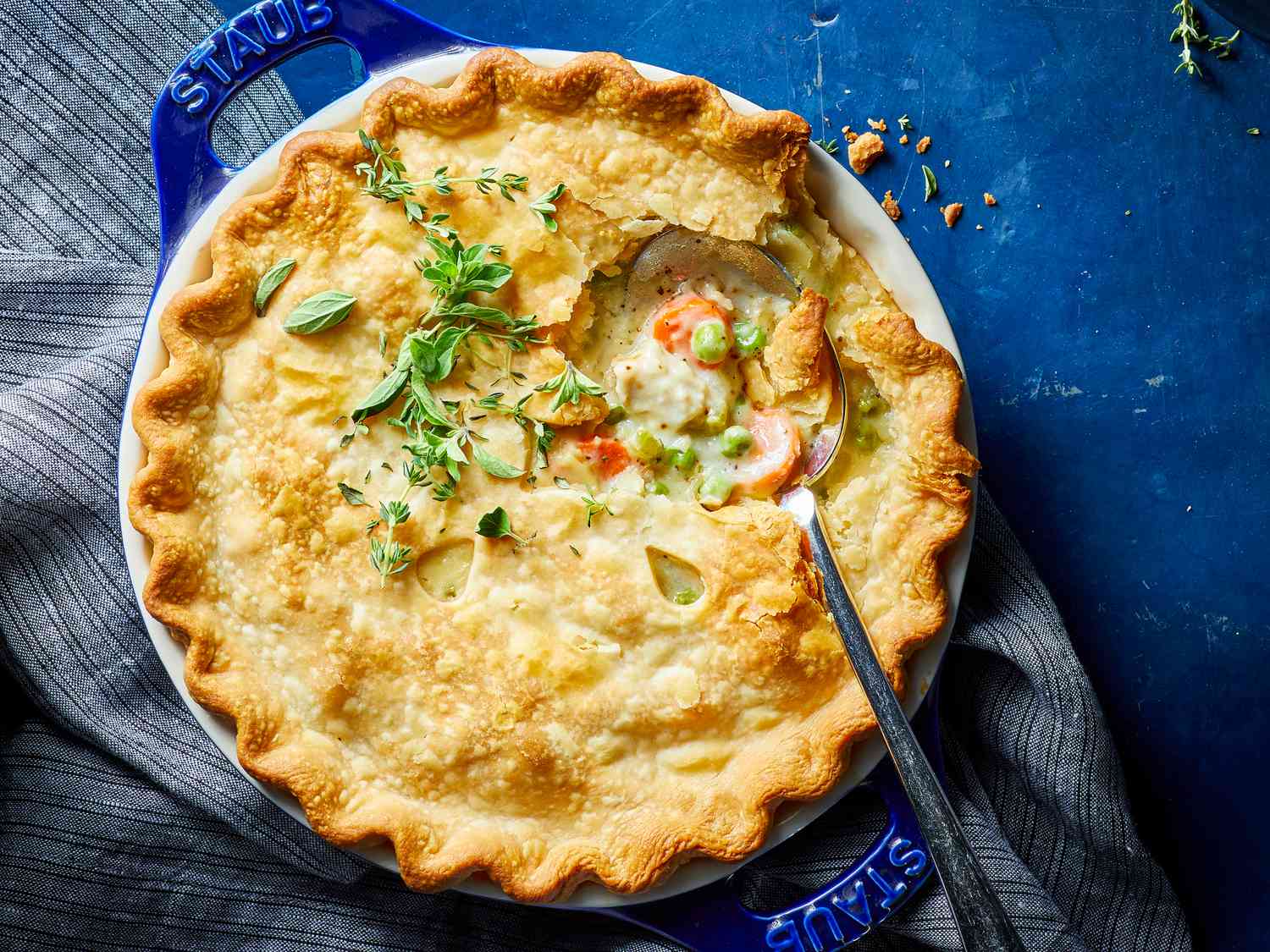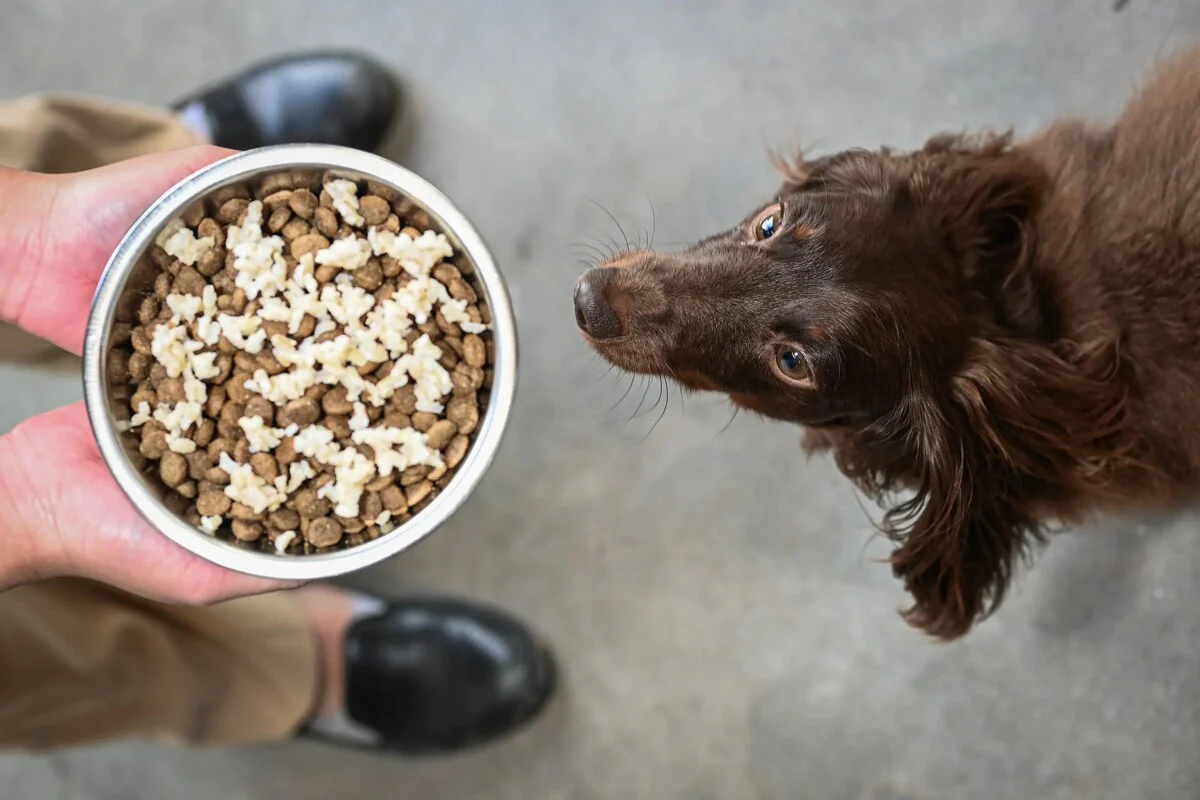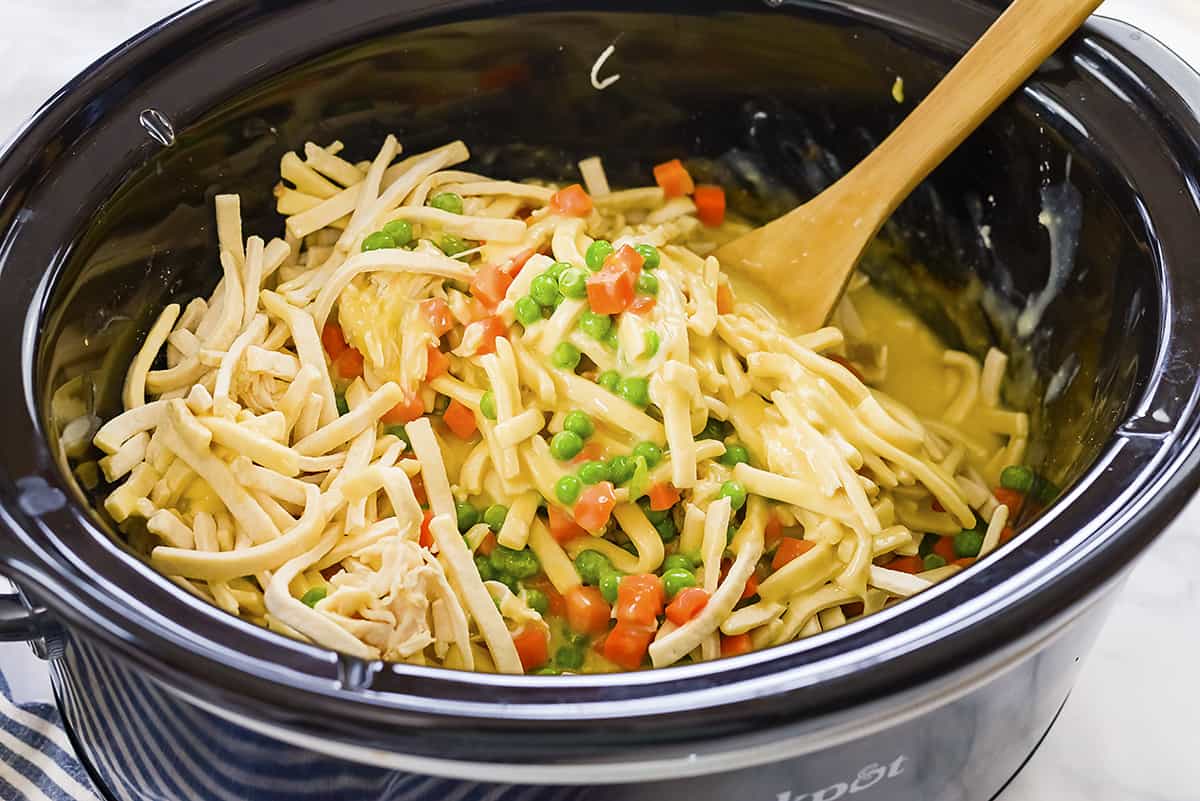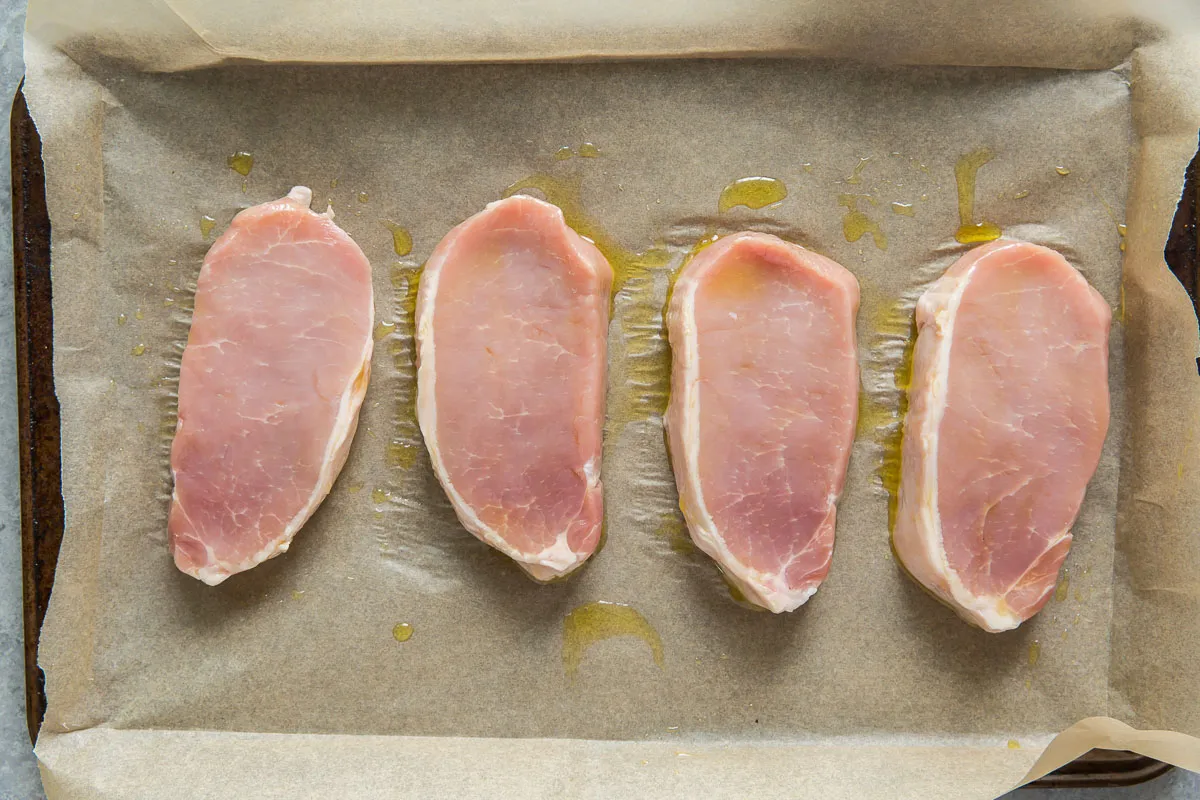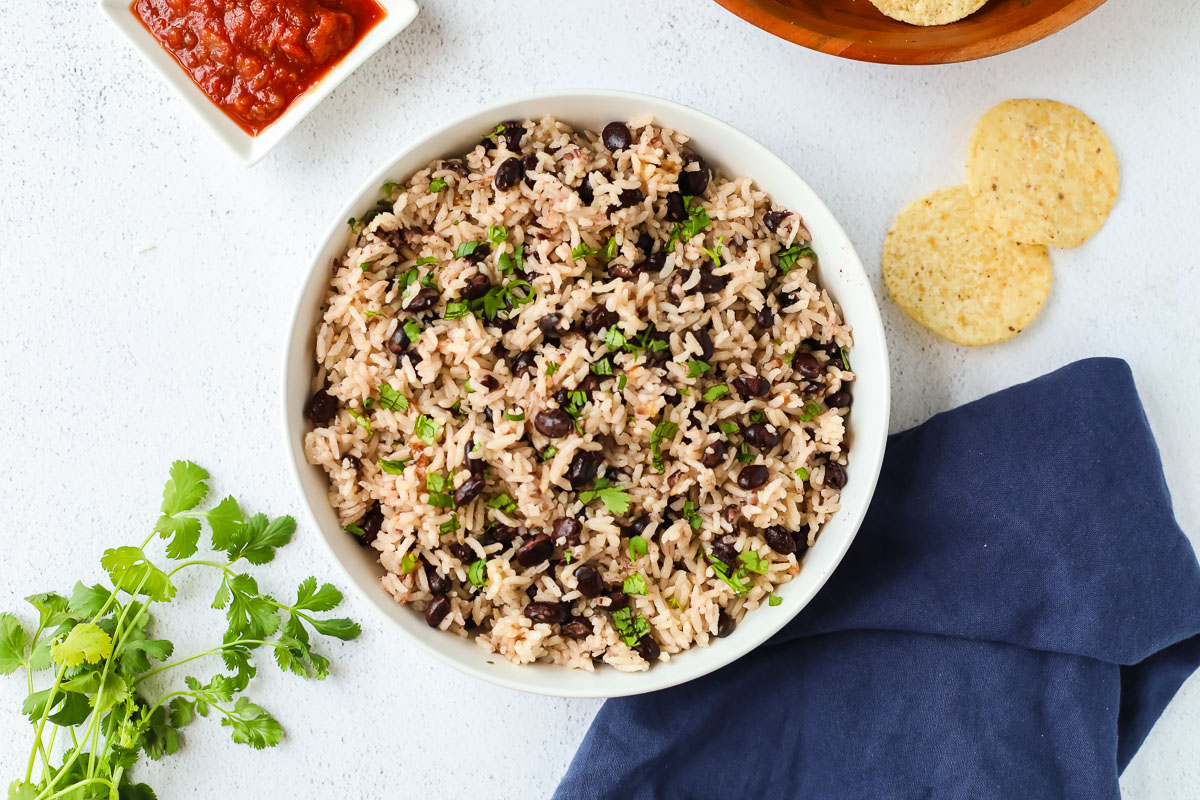Cooking Lechon Belly in an oven transforms a simple pork belly into a mouthwatering feast with crispy skin and tender meat. This culinary adventure begins with selecting a quality piece of pork, marinating it in a blend of spices and herbs for depth of flavor, then slow-roasting it to perfection. Achieving that coveted balance of textures requires patience and precision, but the result is undeniably rewarding. Whether for a special occasion or a weekend treat, mastering this dish elevates your home cooking to new heights, promising a memorable dining experience with every bite.
Essential Ingredients for a Perfect Lechon Belly
- 3-4 kg pork belly, skin on
- 1/4 cup salt
- 1/4 cup sugar
- 2 tablespoons black pepper, ground
- 5 cloves garlic, minced
- 1 tablespoon lemongrass, chopped
- 1 tablespoon soy sauce
- 1 tablespoon oyster sauce
- 1 teaspoon chili flakes (optional)
- 2 bay leaves
- 1 onion, chopped
- 1/2 cup pineapple juice
- Aluminum foil for wrapping
Gathering Your Kitchen Arsenal for Lechon Belly
- Oven – Essential for roasting, ensuring even cooking and a crispy skin.
- Roasting Pan – To catch drippings and make handling easier.
- Meat Thermometer – For checking internal temperature, ensuring perfect doneness.
- Kitchen Twine – To tie the belly securely, keeping stuffing in place.
- Sharp Knife – For scoring the skin, which helps achieve that desirable crackling.
- Chopping Board – Preferably large, for prepping ingredients and carving the cooked lechon.
- Aluminum Foil – Useful for covering parts that might overcook or for wrapping the belly if pre-cooking is needed.
- Basting Brush – For applying marinades or sauces, adding flavor and moisture.
- Mixing Bowls – Various sizes for preparing marinades and rubs.
- Measuring Spoons and Cups – Precision is key for the perfect balance of flavors.
- Paper Towels – For drying the belly before seasoning, ensuring the skin crisps up nicely.
For succulent lechon belly, marinate overnight in a blend of garlic, lemongrass, salt, and pepper. Roast slowly at a low temperature, then increase heat for crispy skin.
The Art of Crafting Lechon Belly
Cooking Lechon Belly in an oven is a game-changer for those craving that crispy skin and tender meat without the need for a traditional pit. This method simplifies the process, making it accessible for home cooks to recreate this festive dish, infusing celebrations with a taste of Filipino culinary tradition.
Opting for the oven technique allows for precise temperature control, ensuring the Lechon Belly achieves perfect crispiness outside while remaining juicy inside. It democratizes the ability to prepare this delicacy, inviting more people to explore and enjoy the rich flavors and textures that define this beloved dish.
Your Ultimate Guide to Oven-Roasted Lechon Belly
-
Preheat your oven to 355°F (180°C). This ensures a consistent cooking environment for the lechon belly.
-
Prepare the lechon belly by laying it skin-side down on a flat surface. Make sure it's fully thawed if previously frozen.
-
Season the meat side generously with a mixture of salt, pepper, garlic powder, and lemongrass. These ingredients infuse the meat with traditional Filipino flavors.
-
Roll the belly tightly, ensuring the seasonings are enclosed. Secure the roll with kitchen twine, making sure it's tight enough to hold its shape but not so tight that it cuts into the meat.
-
Score the skin with a sharp knife, creating shallow cuts. This helps the skin to become extra crispy.
-
Rub the skin with oil and a bit of salt to help crisp it up during cooking. The oil also helps to conduct heat evenly.
-
Place the prepared lechon belly on a wire rack in a roasting pan. This allows air to circulate around the meat, cooking it evenly and helping the skin to crisp up.
-
Roast in the preheated oven. For the first 2 hours, roast the belly at 355°F (180°C).
-
Increase the oven temperature to 430°F (220°C) for the last 30 minutes of cooking. This high heat will help the skin achieve that desirable crispy texture.
-
Check the internal temperature of the lechon belly. It should reach 165°F (74°C) to ensure it's fully cooked.
-
Remove the lechon belly from the oven and let it rest for about 20 minutes before slicing. Resting allows the juices to redistribute throughout the meat, ensuring it's moist and flavorful.
-
Slice the lechon belly into rounds or chunks, depending on your preference. Serve immediately while it's still warm and the skin is at its crispiest.
-
Enjoy your oven-roasted lechon belly with a side of rice and atchara (pickled papaya) for a complete Filipino feast.
A Feast to Remember
Cooking lechon belly in the oven might seem like a daunting task, but with the right preparation and patience, it transforms into a rewarding culinary adventure. Remember, scoring the skin, seasoning generously, and keeping a keen eye on the cooking temperature are key steps to achieving that coveted crispy skin and succulent meat. Don't forget to let it rest before carving to ensure every slice is as delicious as the next. This dish not only promises to be the centerpiece of any gathering but also offers a taste of tradition that's sure to impress. So, gather your ingredients, preheat your oven, and get ready to create a lechon belly that'll have everyone asking for seconds. Here's to creating memorable meals that linger on the palate and in the heart.
All Your Questions About Lechon Belly Answered
How long does it take to cook lechon belly in the oven?
Cooking lechon belly requires patience and precision. For a juicy and tender result, roast it at 350°F (175°C) for about 2.5 to 3 hours. Remember, cooking times can vary based on the size of your pork belly. Always ensure the internal temperature reaches 160°F (71°C) to guarantee it's cooked through.
What ingredients do I need for a flavorful lechon belly?
To make your lechon belly stand out, you'll need garlic, lemongrass, onions, salt, and pepper for the rub. Don't forget bay leaves and soy sauce for that extra punch of flavor. These ingredients combined will give your dish that authentic Filipino taste everyone craves.
Can I make lechon belly without a roasting rack?
Absolutely! If you don't have a roasting rack, no sweat. Just use a sturdy baking tray and ensure there's enough space around the pork belly for air to circulate. This method might not give you the crispiest skin, but you'll still end up with a delicious roast.
How do I get that perfect crispy skin on lechon belly?
Crispy skin is all about the prep. Before roasting, score the skin with a sharp knife and rub it with salt. This not only seasons the meat but helps draw out moisture. During the last 30 minutes of cooking, increase the oven temperature to 400°F (200°C). Keep an eye on it to prevent burning, and you'll be rewarded with that sought-after crispy skin.
Is there a way to keep lechon belly from drying out in the oven?
Sure thing! Keeping lechon belly moist starts with proper preparation. Marinate your pork belly overnight to lock in moisture and flavor. While cooking, baste the meat periodically with its own juices. This technique helps maintain moisture, ensuring your lechon belly stays succulent.
What's the best way to serve lechon belly?
Lechon belly shines when served with steamed rice and a side of atchara (pickled papaya). Don't forget to whip up some liver sauce or vinegar garlic dip for that extra layer of flavor. These accompaniments balance the richness of the meat, creating a meal that's hard to forget.
Can I store leftover lechon belly?
Leftovers are rare, but if you find yourself with some, they keep well in the fridge for up to three days. Ensure it's wrapped tightly or stored in an airtight container. For longer storage, freeze it. When you're ready to enjoy again, reheat in the oven until it's thoroughly warmed and the skin crisps up.
Was this page helpful?
Read Next: How To Cook Venison In An Instant Pot
